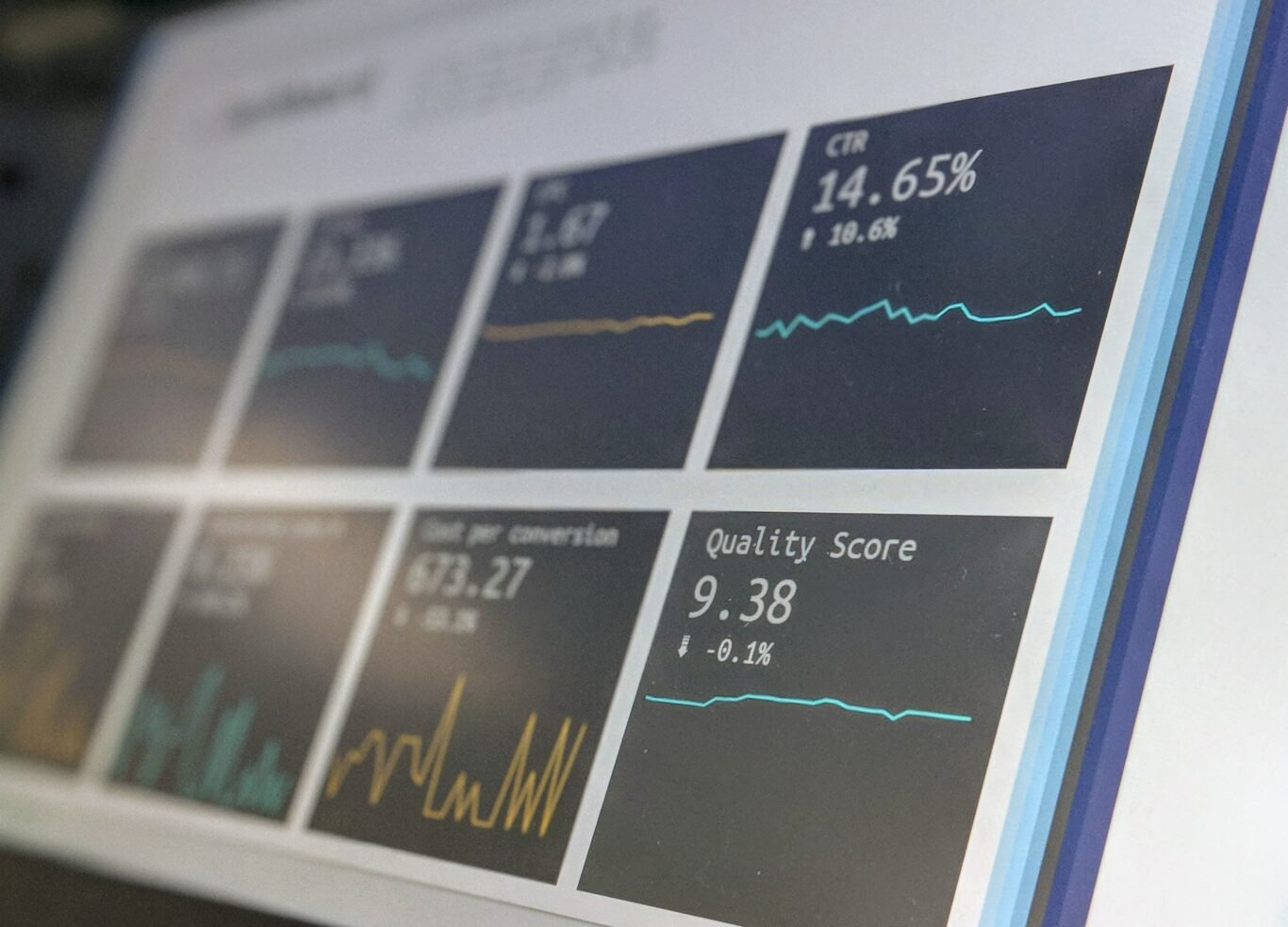A common mistake made by organisations that have decided to launch or relaunch their EA function with the help of an EA tool like Essential is trying to do too much at once. Having ambition is fine, but if you try to please everybody by trying to address everyone’s problems, you end up pleasing nobody.
The simple answer is prioritisation. The problem here, however, is that people within an organisation can struggle to determine what is important to deliver and what is not. Here is a list of questions that might be used to drive the process:
- Has there been a major issue that sparked the need for establishing or relaunching your EA function or for acquiring a new EA support package?
- If so, is this issue something primarily within the business (e.g., integrating an acquisition or coping with expansion into a new market) or is it within the IT function (such as rationalising the IT application portfolio)?
- Is there a particular area of the business that appears to be struggling because of data security problems, having to cope with multiple IT applications, or inadequate provision of vital information?
- Are there areas of the business particularly exposed to risk? For example, where sensitive data needs to be shared across national boundaries, or where GDPR compliance is a major requirement.
- Is the CIO under pressure to reduce costs or improve productivity, and if so, where is the potential low-hanging fruit: rationalisation of applications or data stores, simplification of the technology estate, identification of obsolete or poor-performing assets?
One problem is that even if a Number One priority is easily identified, the EA function may not be sufficiently mature to tackle it successfully. (Note that EAS provides a simple, free-of-charge tool that enables organisations to rapidly assess the maturity of their EA function – see EAValuator.) In such cases it may be more realistic to tackle a lower-level priority that is easier to handle. Success here will build the necessary experience and confidence to tackle more demanding assignments. It can also be a good way to start to capture the level of information required to move on to some of the more advanced priorities.
Once the priority has been decided, the Essential Playbook and the automated Playbook Coach may be used to help move the process along.
